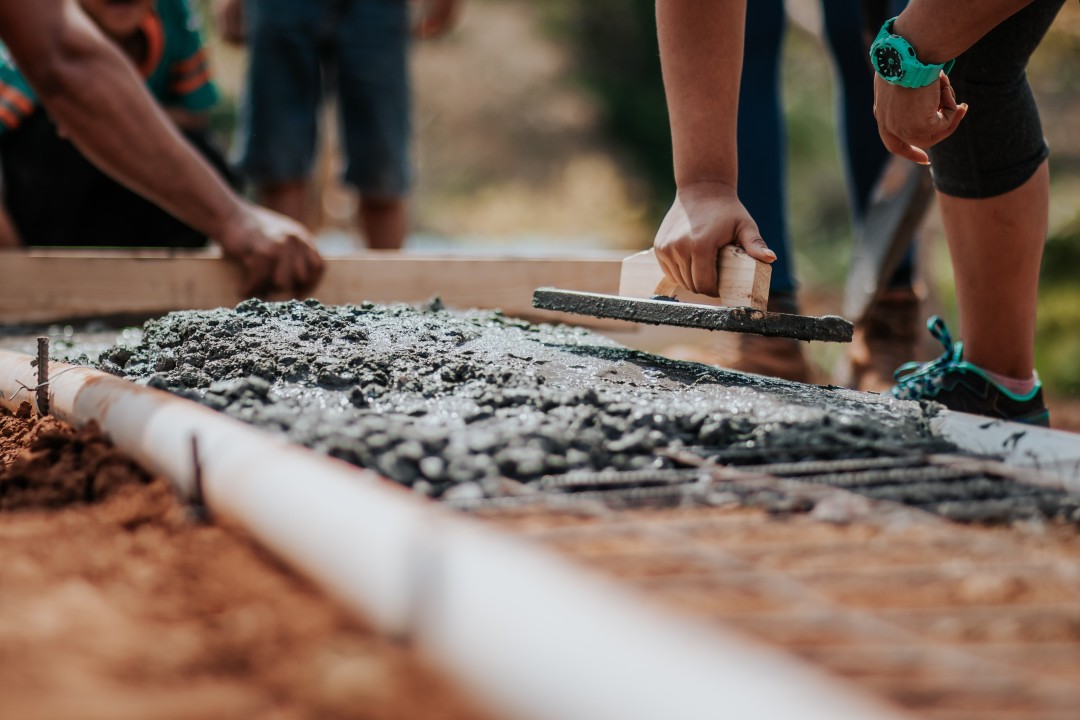Customer Conversations: The Foundation of Customer Strategy
Research beats assumptions, trends, and so-called best practices.
The goal of customer research is to test your assumptions, not to validate your assumptions. This rule applies to potential customers too. Keep the conversation focused on them, not your product or company.
Customer research can be done at any stage in a product’s lifecycle, and the impact it has is enormous. Companies who regularly conduct customer research and customer conversations are able to streamline what they do, cut out the parts that no longer work, and develop a lean approach to building their products, their marketing and every single function in between.
According to Smallpdf, a Swiss company that makes it easy to convert and edit PDF files uses a lean market research approach. They have been able to reduce their product error rate by 75% and boost their Net Promoter Score by 1%.
It’s an outcome that would not be possible without taking that research seriously and making it a core process.
By listening to those using your product and focusing on their customer experience, you’re less likely to get pulled in the wrong direction.
The Building Blocks of Customer Research
Stop thinking of customer research as an academic exercise. In most organisations, the term “research” implies that you are going through endless reports, data analysis, graphs, numbers, spreadsheets and heatmaps. The truth is that all that big data is not going to satisfy your curiosity, and it definitely won’t answer the real questions. It won’t help you understand in detail, what your lies beneath your customers’ problems. It can give you some guidance, but it can’t show you what someone thinks or feels, and it can’t explain the context behind their decision making.
Four common market research techniques include customer conversations, surveys, interviews and focus groups. But the genesis of all these is simple; it’s listening to hear… really hear.
How to ‘do’ Customer Research: Listen
When you think about your customers as problems not people, your business has become nothing more than a sales funnel. And it is no way to design your brand experiences. Empathy is key. ‘How can I make this a great experience for the people who are paying for my product or service?’
Researchers spend most of their day talking to people, trying to understand them and empathizing with their experiences. The more people who understand research techniques, the more data can be added into the pipeline and leveraged when generating insights. Building rapport is essential when connecting with customers, especially when you want them to open up to you on tough topics. Structure your interview into four question segments – human, fact, opinion, and open-ended. Move from open to closed questioning through three stages: Discover, validate, and paraphrase.
Sure, Quora is a great place for research because it revolves around people holding in-depth conversations about a broad range of topics, from social media to junk food. Yes, Keyword research can show you what people are consciously interested in and what actual language they are using when they think about those topics. Google can tell you what people are searching for.
But one-on-one conversations are the most effective way to get inside your market’s head, understand how they think, and see what makes them tick. That’s essential information.
How to Design a Conversation
What’s the difference between research and customer development?
Research is defined as: “…studying the behaviour of others. Conducting, analyzing, and interpreting data to learn more about a phenomenon, its causes, and possible solutions to its problems.”
Customer development is defined as: “…a process that helps to build a strong relationship with an individual customer or group of customers and to discover how they feel about your product, services, or brand.”
As with most types of research, each has its place. But there’s only one way to create a robust conversation that can combine both approaches: Accept that your customers aren’t monoliths.
On the contrary, they have unique needs, buying habits, and lifestyles. Individualising them and individualising how you approach a conversation with them can help you to structure and design a research conversation that will become a core building block for your entire program.
If you’re looking to build a product people love, sell it the way your customers would prefer, and grow your business, you need to invest in customer research.
Customer research is the act of learning more about your current and prospective customers in order to better serve them with your products and services. The magic of customer research is that you don’t have to guess. In fact, your customers will tell you everything you need, you just need to ask. You need to be able to close the gap between what you know and what you think you know, instead of just guessing.

